Related Research Articles
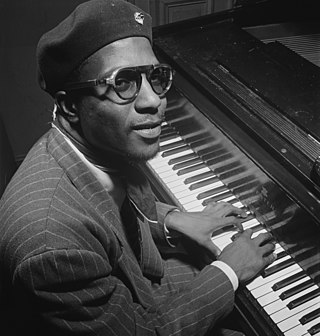
Thelonious Sphere Monk was an American jazz pianist and composer. He had a unique improvisational style and made numerous contributions to the standard jazz repertoire, including "'Round Midnight", "Blue Monk", "Straight, No Chaser", "Ruby, My Dear", "In Walked Bud", and "Well, You Needn't". Monk is the second-most-recorded jazz composer after Duke Ellington.
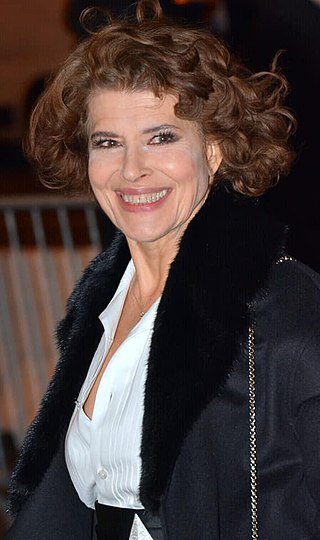
Fanny Marguerite Judith Ardant is a French actress and film director. She is the recipient of numerous accolades, including two César Awards and a Lumières Award.
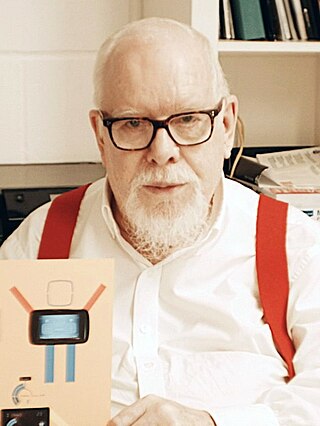
Sir Peter Thomas Blake is an English pop artist. He co-created the sleeve design for the Beatles' album Sgt. Pepper's Lonely Hearts Club Band. His other works include the covers for two of The Who's albums, the cover of the Band Aid single "Do They Know It's Christmas?", and the Live Aid concert poster. Blake also designed the 2012 Brit Award statuette.
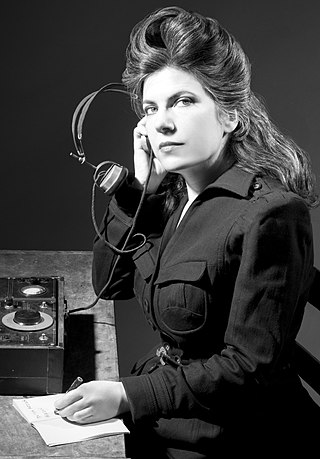
Annie Gosfield is a New-York-based composer who works on the boundaries between notated and improvised music, electronic and acoustic sounds, refined timbres and noise. She composes for others and performs with her own group, taking her music to festivals, factories, clubs, art spaces and concert halls. Much of her work combines acoustic instruments with electronic sounds, incorporating unusual sources such as satellite sounds, machine sounds, detuned or out-of-tune samples and industrial noises. Her work often contains improvisation and frequently uses extended techniques and/or altered musical instruments. She won a 2012 Berlin Prize.

Patricia Petibon is a French soprano.
Martha Clarke is an American theater director and choreographer noted for her multidisciplinary approach to theatre, dance, and opera productions. Her best-known original work is The Garden of Earthly Delights, an exploration in theatre, dance, music and flying of the famous painting of the same name by Hieronymus Bosch. In 1990, Clarke received a MacArthur Award, better known as the Genius Grant.
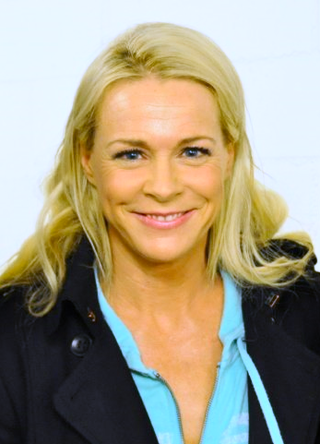
Sara Magdalena Ernman is a Swedish mezzo-soprano opera singer. Besides operas and operettas, she has also performed chansons, cabaret, jazz, and appeared in musicals. She is a member of the Royal Swedish Academy of Music. Ernman represented Sweden in the Eurovision Song Contest 2009 with the song "La Voix", finishing in 21st place.

Katrina Jane Mitchell is an English theatre director.
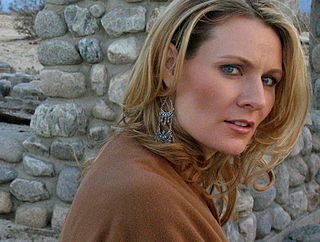
Dana Reason is a Canadian composer, recording artist, keyboardist, producer, arranger, and sound artist working at the intersections of contemporary musical genres and intermedia practices.
Elena Braslavsky is a pianist of Russian birth. Since the early 1980s, Braslavsky has had an active international performance career in both the concert and chamber music repertoire. Formerly a faculty member at the Juilliard School and the Mannes School of Music, Braslavsky currently serves on the piano faculty of the Mozarteum University of Salzburg.
Julie Lyonn Lieberman is an American improvising violinist, vocalist, composer, author, educator, and recording artist specializing in fiddle and international violin styles. She is among the first to teach improvisation and world music at the Juilliard School. She also created the first eclectic styles teacher training program in the world as artistic director for the summer program, Strings Without Boundaries. Ms. Lieberman is an author, composer, producer, and performing artist.
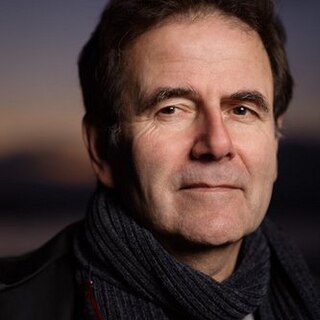
Mark Kidel is a documentary filmmaker, writer and critic, working mostly in France and the UK.
His award-winning films include portraits of Cary Grant, John Adams (composer), Elvis Costello, Boy George, Ravi Shankar, Rod Stewart, Bill Viola, Iannis Xenakis, pianists Alfred Brendel and Leon Fleisher, Derek Jarman, Brian Clarke Balthus, Tricky, Robert Wyatt and American theatre and opera director Peter Sellars.
Dima Orsho is a Syrian soprano singer and composer. She studied first at the Damascus Higher Institute for Music, then at the Boston Conservatory. Since 2003, she has been a member of the Syrian Hewar ensemble, alongside Kinan Azmeh, Issam Rafea and others.
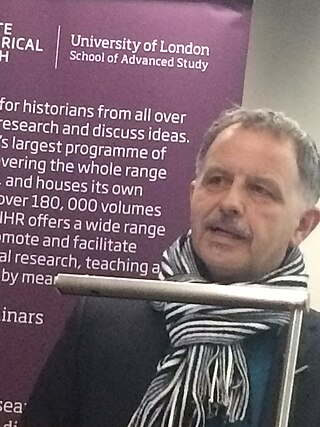
Simon Shaw-Miller is emeritus professor of history of art at the University of Bristol. He is a specialist in the relationships between art and music in the modern period.

Leon Milo is an American composer, percussionist and sound artist.

Fabienne Verdier is a French painter who works in France after years of studies in China. She was the first non-Chinese woman to be awarded a post-graduate diploma in fine arts by the Sichuan Fine Arts Institute in Chongqing, China.
Edith WiensOC is a Canadian opera, recital and concert singer with a soprano voice.

Anouk Ricard is a French comic book writer and illustrator.
Laetitia Grimaldi Spitzer is a French lyric soprano and graduate of The Juilliard School in New York City.

Nicolas Namoradze is a classical pianist, composer, and educator. He came to international attention in 2018 upon winning the triennial Honens International Piano Competition, one of the world's largest and most comprehensive prizes for pianists, in Calgary, Canada.
References
- ↑ "Festival International d'Art Lyrique d'Aix-en-Provence". Festival International d'Art Lyrique d'Aix-en-Provence.
- 1 2 3 4 The Juilliard Experiment, 2016, 83 minutes
- 1 2 Judah, Hettie (16 November 2016). "One French Painter's Unlikely Techniques, Developed at Juilliard". T magazine.
- ↑ "The Juilliard Experiment" . Retrieved 27 January 2021.
- 1 2 3 Kidel, Mark (26 September 2016). "First Person: The Juilliard Experiment". The Arts Desk.
- ↑ "SAT 14 JAN: THE JUILLIARD EXPERIMENT + Q&A". Institut français du Royaume-Uni.
- ↑ "Painting Sound: The Juilliard Experiment". Second Home.
- ↑ "Publications". Fabienne Verdier. Retrieved 2021-11-21.
- ↑ "Catalog" (PDF). fabienneverdier.com. 2016. Retrieved 2021-02-20.
- ↑ "Lord Mayor of Westminster visits 'Fabienne Verdier: Vortex'". Waddington Custot.